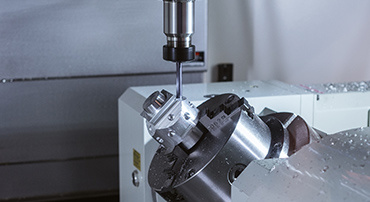29
2023
-
03
What are the characteristics of precision metal stamping parts processing
Precision metal stamping processing refers to a technology that uses precision molds and advanced technological methods to punch or stretch metal plates and strips. It includes three types: cold stamping, warm extrusion, and hot stamping. Cold stamping is the most widely used technology, accounting for about 80% of the entire production process, warm extrusion accounts for 10%, and hot stamping only accounts for 10%
Up to now, there has not been a relatively complete definition of stamping parts. According to a definition in a foreign journal, it can be defined as: sheet metal is a comprehensive cold working process for metal sheets (usually less than 6mm), including shearing, punching/cutting/laminating, folding, welding, riveting, splicing, and molding (such as automotive body). Its prominent feature is the consistent thickness of the same part
Due to the complex shape and high dimensional accuracy requirements of precision hardware products, various advanced processes must be adopted to ensure product quality and production efficiency
Precision stamping parts are thin plate hardware parts that can be processed by stamping, bending, stretching, and other means. A general definition is - parts with constant thickness during processing. Correspondingly, castings, forgings, machined parts, etc., such as the outer iron shell of a car, and some kitchen utensils made of stainless steel, are also sheet metal parts
Related news
What are the main categories of molds
2023-03-29

Add
Rui'an Hai'an Industrial Zone, Zhejiang Province

Tel

Mobile

Fax







